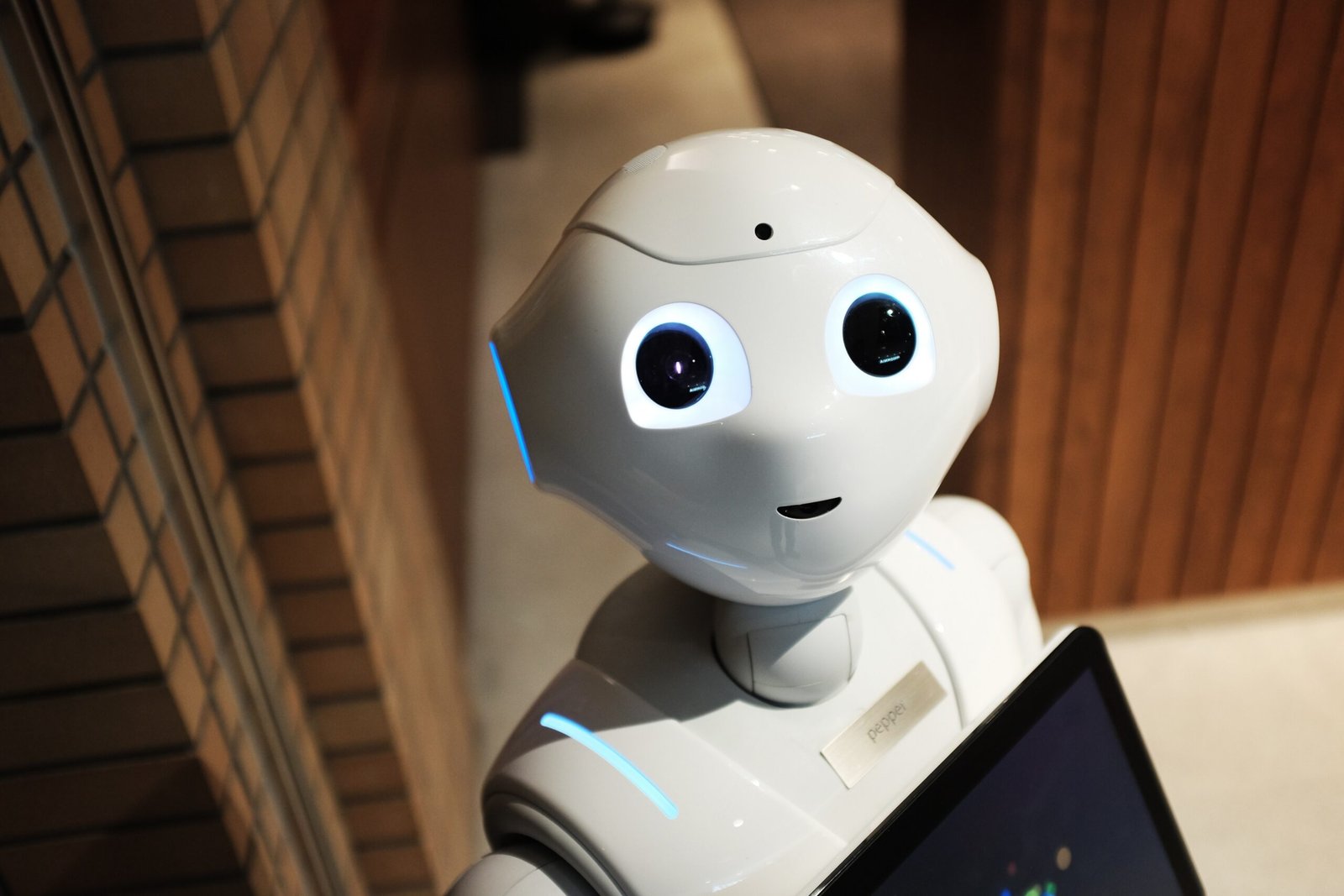
Artificial Intelligence (AI) is a broad field that encompasses a range of techniques and technologies, each with its own set of strengths and weaknesses. In this article, we’ll explore the different types of AI and their applications.
- Rule-Based Systems: These are AI systems that use a set of rules to perform specific tasks. They are designed to perform a defined set of actions based on specific inputs, and are often used in applications such as customer service, where they can respond to common questions and perform simple tasks.
- Expert Systems: These are AI systems that mimic the decision-making processes of human experts in a particular field. They are often used in industries such as medicine, where they can help doctors diagnose diseases and suggest treatments based on a patient’s symptoms.
- Neural Networks: These are AI systems that are inspired by the structure and function of the human brain. They are used for tasks such as image and speech recognition, where they can learn to identify patterns in data and make predictions based on that data.
- Natural Language Processing (NLP): This type of AI is used for processing and analyzing human language. It is used in applications such as language translation and sentiment analysis, where it can understand and interpret human language, and provide insights into the emotions and opinions expressed in text.
- Machine Learning: This type of AI involves the development of algorithms that can learn from data, and make predictions and decisions without being explicitly programmed. It is used in a wide range of applications, including recommendation systems, fraud detection, and predictive maintenance.
In conclusion, the different types of AI each have their own strengths and weaknesses, and are used in a variety of applications. Whether you’re looking to automate routine tasks, make better decisions, or gain insights into complex data, there is an AI technology that can help you achieve your goals.
